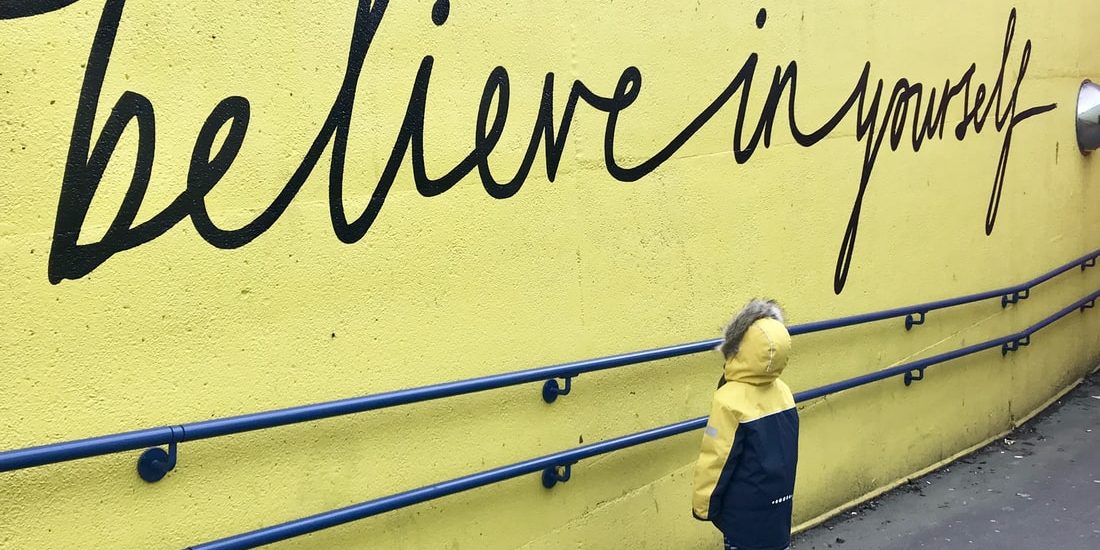A Small Business Guide to the Coronavirus Aid, Relief, and Economic Security Act, or CARES
With all the social distancing and other precautions in place to control the spread of COVID-19, small businesses, especially those deemed nonessential, are feeling the strain. Businesses who are already strapped are forced into decisions about whether to continue or to fold up shop. More than 16 million jobs have been lost since the pandemic exploded. Even though Dr. Anthony Fauci has lowered the projected number of deaths from 240,000 to 60,000, the social distancing lockdown must continue so that the United States doesn’t suffer the same fate as Hong Kong where a loosening of the lockdown caused an exponential spike in the number of cases. The continued lockdown will put even more pressure on small businesses.
The Coronavirus Aid, Relief, and Economic Security Act, or CARES, is a program designed to relive that pressure. The program sets aside $350 billion for guaranteed loans to small businesses who are not able to maintain their payrolls. In addition, these loans are to be forgiven as long as the businesses use the funds to keep paying their employees during the pandemic.
Small business owners were able to begin applying for these loans on April 3, 2020. The United States Treasury website lists all the information that the owners will need to apply correctly for the loans. Thereafter, the owners would apply for the loans through the Small Business Administration, which maintains a list of banks that are providing these loans. The program runs until June 30, 2020, but the government encourages small business owners to apply as early as possible because of both the huge backlog of applications and the cap on the program.
FAQ
1. Am I Eligible?
Not every business is eligible for such loans. For example, to be eligible, a business must have 500 or fewer employees. The business may not have more than an average of $5 million of income over the previous two years nor may it have a total net worth of more than $15 million.
Not-for-profit businesses that are designated 501(c)(3) qualify if they have fewer than 500 employees. So do sole proprietors, independent contractors, and self-employed people. Tribal concerns and Veterans Organizations that meet small business criteria are eligible as well.
In addition to these groups, franchises are eligible on a location-by-location basis as long as the location in question has fewer than 500 employees. The same rule applies to hotels and restaurants with multiple locations. Even if a small business has issued stock, it would also qualify if the shareholders relinquished their rights.
2. What Will Lenders Be Looking For?
Owners will have to fill out the Paycheck Protection Program loan application and provide payroll information. Lenders will ask owners several questions and will take answers in good faith. Those questions will include if the need for the loan arose from the pandemic. Also, the lender will ask if the owner will use the funds to pay employees. The last question will be whether the owner has either an existing loan application or an existing loan. Sole proprietors and independent contractors will be asked to provide further documents, including 1099 forms and others to be determined later.
3. How Much Am I Allowed to Borrow?
Small business owners can borrow up to 2.5 times their average payroll costs up to a maximum of $10 million. The borrowed funds may be used to pay people’s salaries, tips, vacation pay, group insurance premiums, sick leave, severance pay, and taxes paid on the employee compensation. Sole proprietors and independent contractors can borrow up to $100,000 as long their annual income is $100,000 or less.
Certain employee income is excluded from the benefits, including any income over $100,000 annually for any specific employee. Contributions to both retirement plans and healthcare premiums are not counted as part of the $100,000. The employee’s portion of payroll taxes are excluded too. Some sick benefits are excluded, and some aren’t. Small business owners should contact the government, lender, or both to find out more details. Any small business owner in the United States whose primary residence is outside of the country is automatically excluded from the program in its entirety.
4. Will This Loan Be Forgiven?
The short answer is: It depends. The borrower is eligible to have all funds used during the first eight weeks after the date the loan is issued. Up to 25 percent of the forgiven funds may be used for mortgage payments on the place of business, rent and utility payments, and interest paid on the borrower’s other debt obligations if those obligations predate February 15, 2020.
Other Considerations
The program is primarily for covering the costs of paying full-time employees, but there are provisions in the program, in certain cases, for seasonal and part-time employees. There are different dates of eligibility and other criteria regarding paying these employees.
Even regarding covering the payroll costs of full-time employees, there are multiple options for figuring out the maximum amount that can be forgiven. The small business owners can figure it by the number of employees they have lost because of the uncertainty of the pandemic. They can also figure the amount to be forgiven based upon how much income each employee lost because of the pandemic’s effects even if the business lost no employees.
In Conclusion
This small guide is designed to give small business owners an overview of the applicable loan program. It is not, nor is it intended to be, comprehensive. All small business owners should consult with the authorities for definitive answers because the program is subject to change at any time based upon the vagaries of the pandemic effects.
